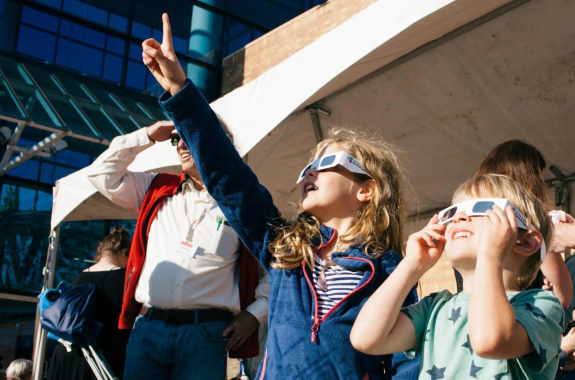Grade Level
All
minutes
1- 2 hrs
subject
Earth Science
stem practices
Planning and Carrying Out Investigations
Activity Type:
Citizen science, solar eclipse
On April 8, the United States, Mexico, and Canada will experience one of nature’s most exciting astronomical phenomena: a total solar eclipse. The eclipse provides more than an opportunity to see the moon block the Sun’s light. It’s also a chance for nonprofessional scientists to participate in real research, collecting and sharing data with scientists to help them better understand our closest star and life on Earth.
April is also C*Science Month (often called citizen science, community science, participatory science, or crowd-sourced science) which means there are lots of ways for you to get involved in science research about the eclipse. SciStarter is challenging science lovers to be a part of “crowdscourced” projects as part of their One Million Acts of Science project this year. It’s easy to do, even if you aren’t in the path of totality! Just use SciStarter’s Project Finder to explore opportunities in your area. Science Friday has highlighted four amazing projects below that are perfect for families and informal educators to do during the eclipse. (Hint: It doesn’t even matter if it’s cloudy!)
“As a dad I got to do this with my son and we will never forget it.” —True Brandt, Colorado
Solar Eclipse Safari
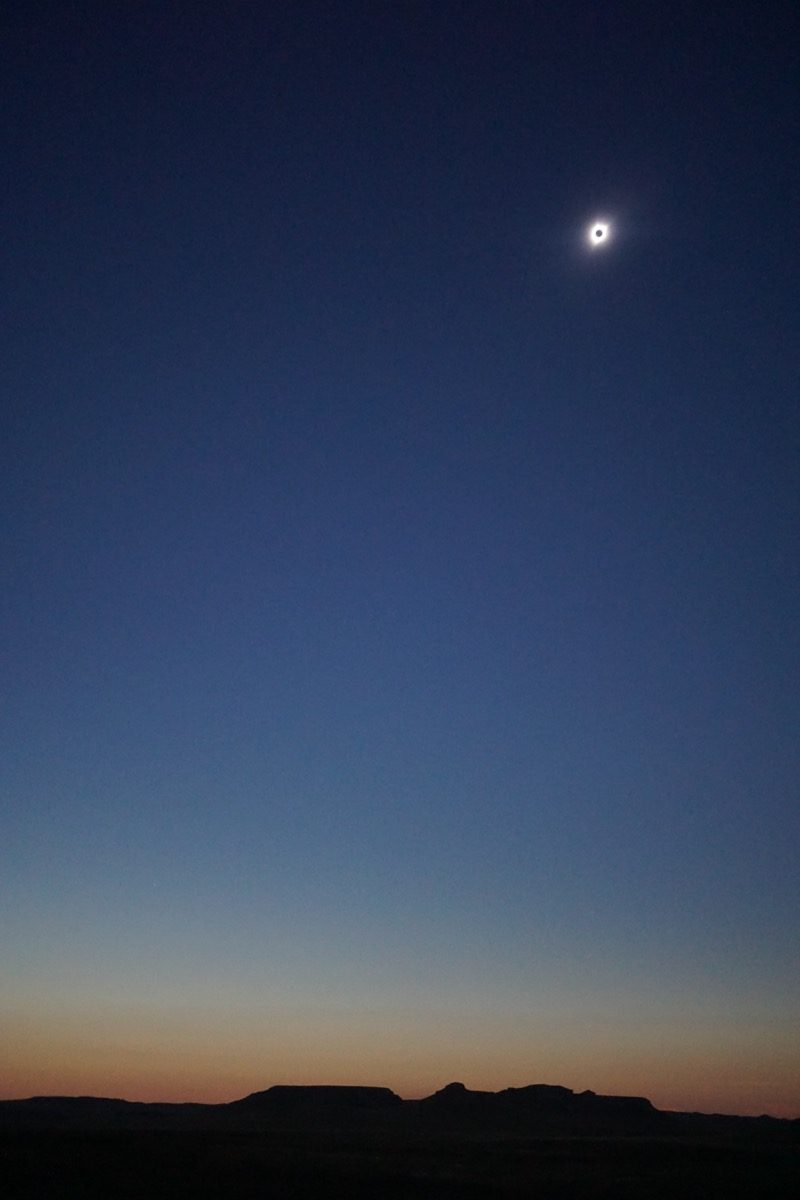
What do animals do during a solar eclipse? Do animals that are usually awake during the day get ready for bed? Do nocturnal animals wake up?
Researchers want to know how different animals behave during a solar eclipse, and you can help them, even if you aren’t in the path of totality. To participate, select the animal you’d like to observe. This could be a pet, a zoo animal, a farm animal, or any animal in nature. While wearing your protective eyewear, observe the eclipse. Collect animal behavior data using your smart device or on paper. Then, share your data with scientists so they can learn more about the ways animals react to phenomena like a solar eclipse.
Eclipse Soundscapes
How do a solar eclipse’s sudden darkness and temperature changes impact life on Earth? What nature sounds and sights do you observe during an eclipse?
With Eclipse Soundscapes, you’ll document changes in the environment during the week of the total solar eclipse using the AudioMoth recorder or your senses. Your observations will reveal how animals and insects respond to dramatic environmental changes. You can choose your level of involvement, from apprentice to data analyst, and you don’t have to be in the path of totality to participate. Training materials are available in English and Spanish.
“It was really cool to tell my friends that I was volunteering for NASA! And on top of all this, NASA actually found that there were changes during the eclipse!” —Mowery, 15, Pennsylvania
SunSketcher
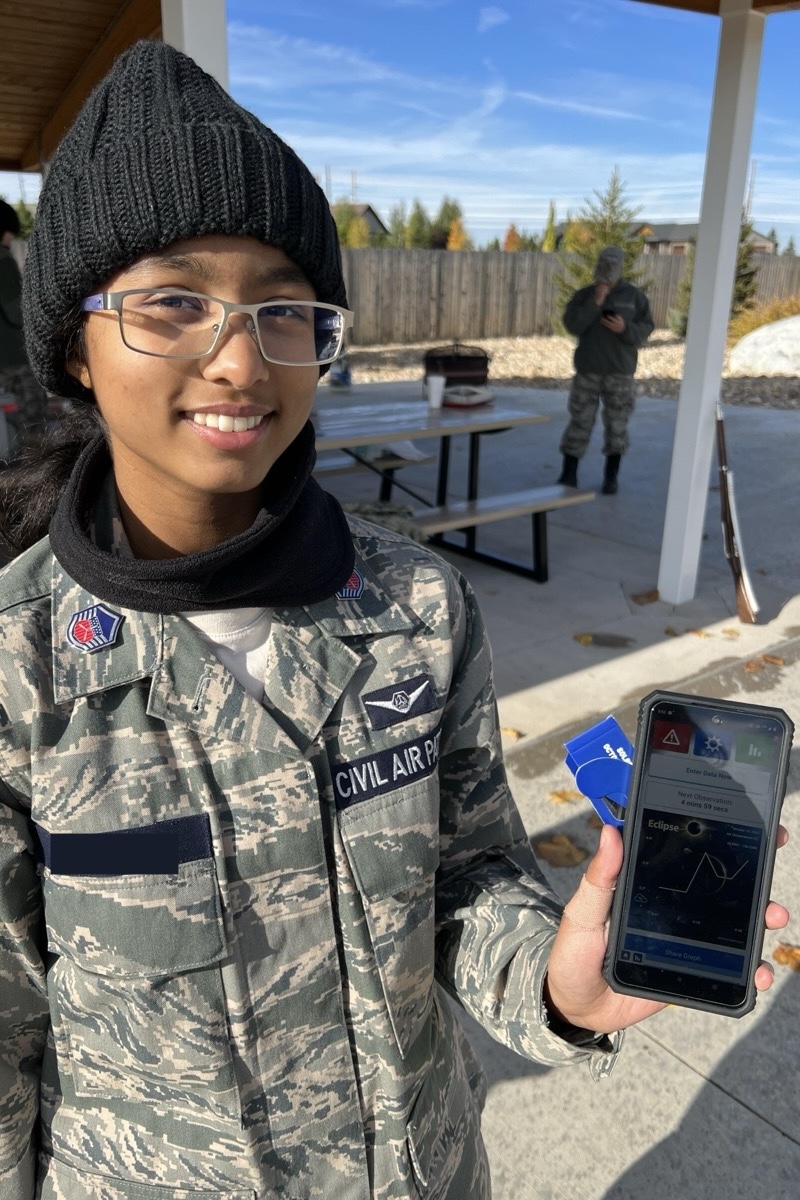
What is the shape of the Sun? How will understanding the precise shape of the Sun help us to understand its gravitational effects on the planets better?
The SunSketcher project hopes to have millions of volunteers along the path of totality to take a series of precisely-timed photographs of the eclipse using a free smartphone app. Your observations will provide a unique contribution to a massive database of images that will allow scientists to determine the sun’s shape with unprecedented precision. The app does all the work; just set it up and let your phone take pictures while you enjoy the eclipse.
GLOBE Observer: Eclipse
What happens to clouds when the Sun’s light is blocked, even temporarily? How will the eclipse affect solar-powered processes?
Help scientists track changes in air temperature and clouds during a solar eclipse. Energy from the Sun warms our planet, and changes in sunlight can also cause changes in temperature, clouds, and wind. All you need is the free GLOBE Observer app and a thermometer. The app will guide you as you take air temperature measurements and observe sky conditions and land cover. It includes all the instructions you need to collect data.
Are you an educator or parent who wants lesson plans and guides for using GLOBE Observer with learners? Civil Air Patrol provides free, easy-to-download materials, instructional videos, and even a Student Data Book. They offer three missions:
- Astronomy: Focus on making observations about how the light and energy reaching the Earth change over the course of a solar eclipse.
- Biology: Focus on making observations about how living things change their behavior during the Solar Eclipse.
- Weather: Focus on making observations about how changes in the amount of solar energy affect the weather.
Participating In Solar Eclipse Science
What’s it like to do real science during the solar eclipse? Shannon Babb, CAP Solar Eclipse Mission Director for the Rocky Mountain Region, told Science Friday, “Watching a solar eclipse can be an awe-inspiring experience, but being able to contribute to solar eclipse science can take that experience to the next level… [T]he cadets are volunteering their time to participate in the project because they are proud to contribute data that will help NASA tell the story of how eclipses affect our planet.”
Of course, simply observing the eclipse, capturing memories, and sharing what you see with others is also an act of science. So get outside on April 8, 2024 and look to the sky. Just be sure to be safe and use eclipse glasses or a solar viewer to protect your eyes!
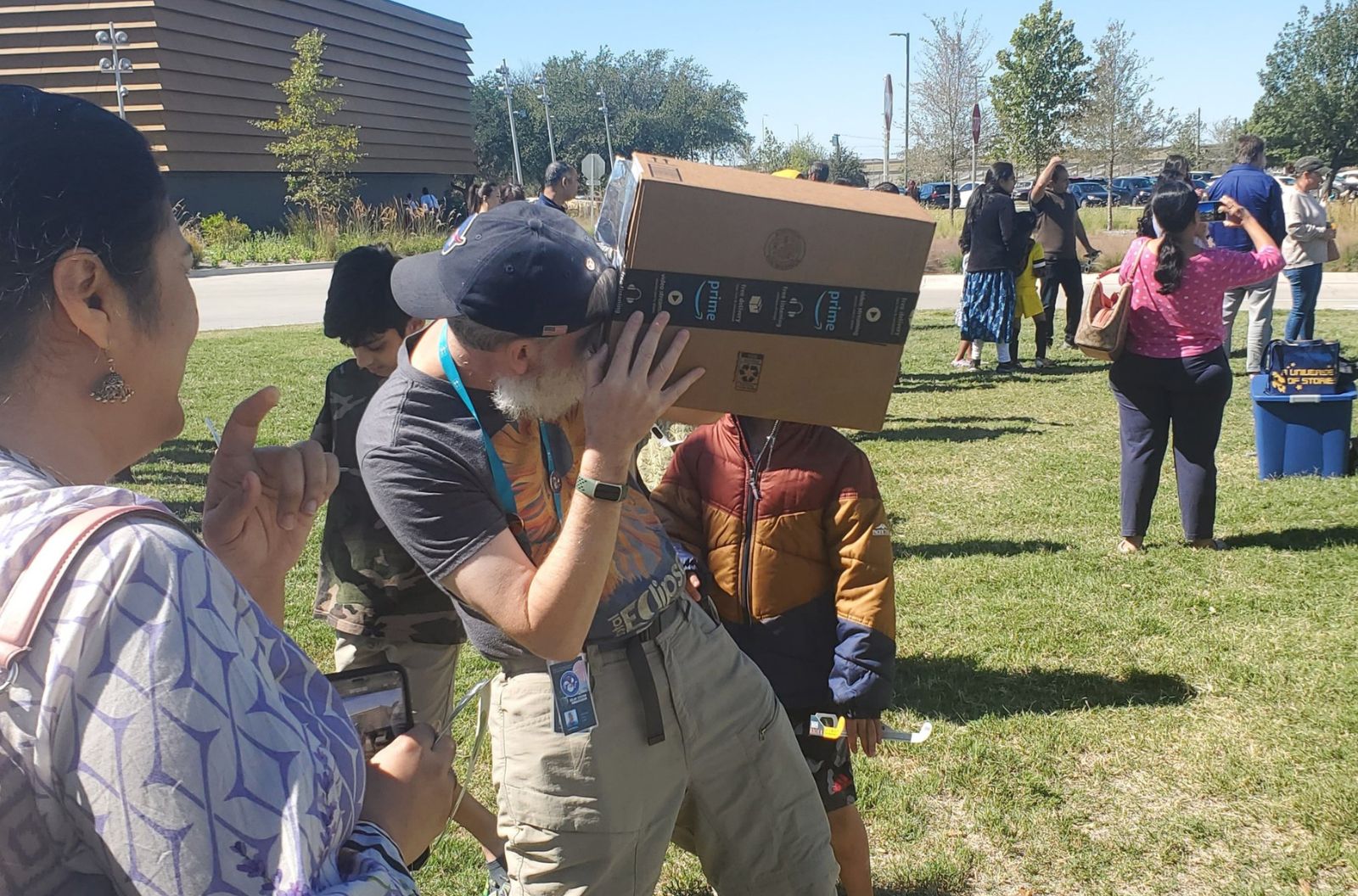
NGSS Standards
- 2-LS4-1. Make observations of plants and animals to compare the diversity of life in different habitats.
- 5-ESS1-2. Represent data in graphical displays to reveal patterns of daily changes in length and direction of shadows, day and night, and the seasonal appearance of some stars in the night sky.
- MS-ESS1-1. Develop and use a model of the Earth-sun-moon system to describe the cyclic patterns of lunar phases, eclipses of the sun and moon, and seasons.
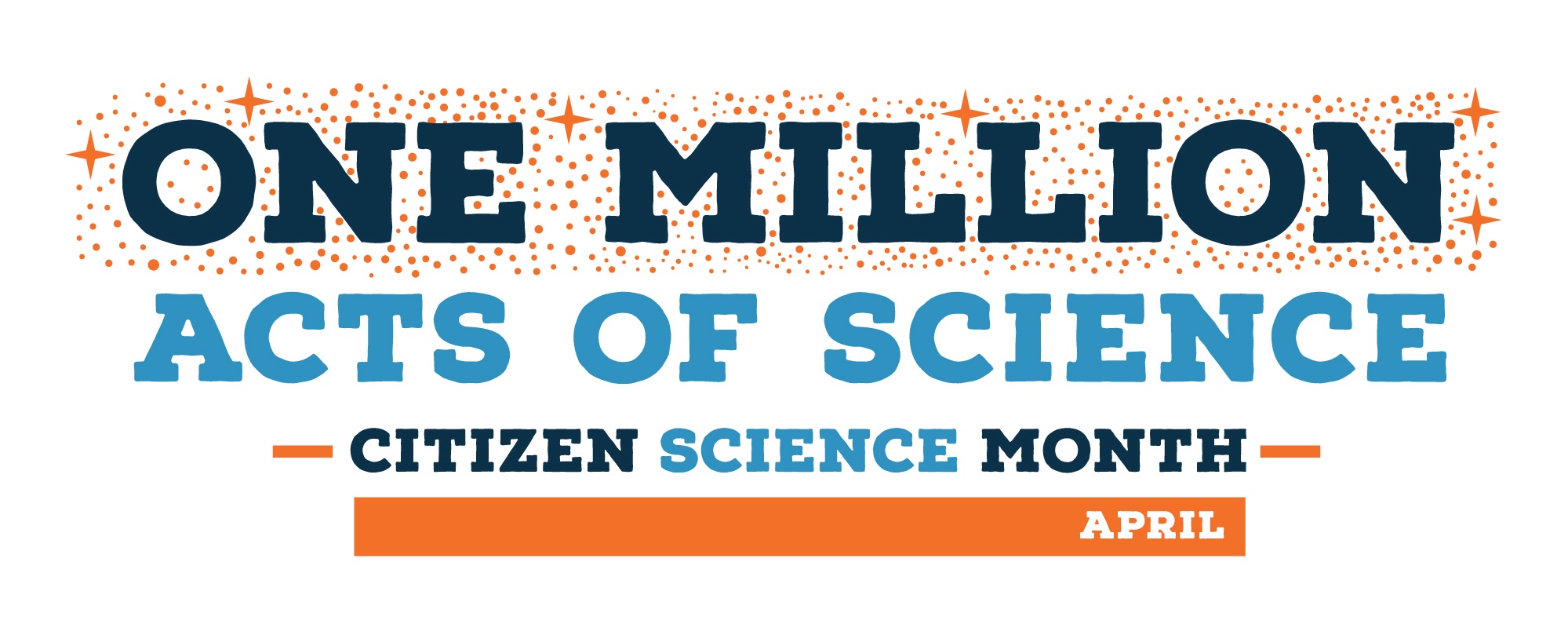
Science Friday is thrilled to partner with SciStarter to foster an interest in participatory science. SciStarter is where millions of people discover opportunities to participate in citizen science, a movement that’s sweeping the globe. There are citizen science projects for everyone!
Credits
Lesson by Sandy Roberts
Copyediting by Ariel Zych
Digital Production by Sandy Roberts
Meet the Writer
About Sandy Roberts
Sandy Roberts is Science Friday’s Education Program Manager, where she creates learning resources and experiences to advance STEM equity in all learning environments. Lately, she’s been playing with origami circuits and trying to perfect a gluten-free sourdough recipe.
